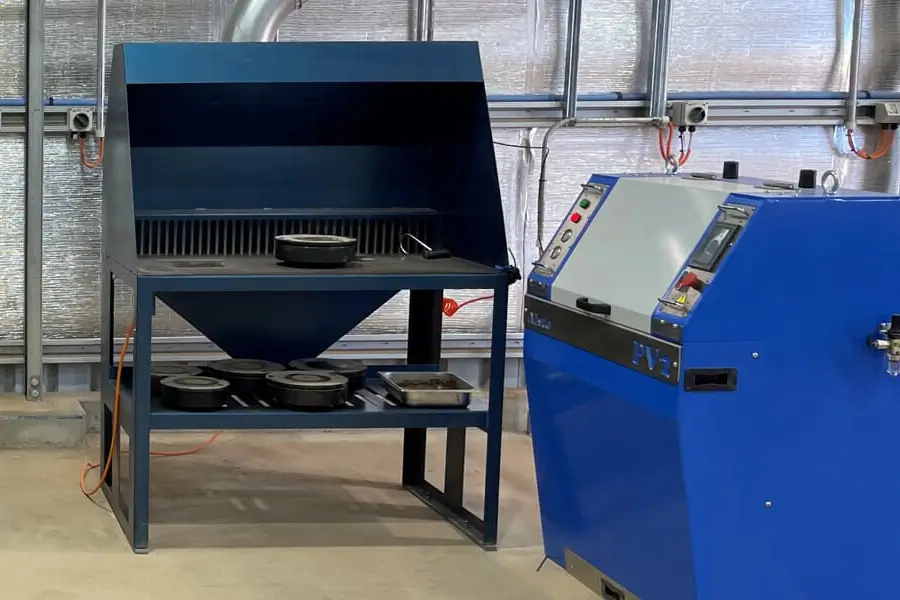Greg Hunter – ILS Technical Services
Chemist, BSc Chem
Sample preparation in mineral laboratories is integral and significantly influences the precision and accuracy of the final results. The greatest source of error in final sample results stems from sample preparation, whether for bulk commodities, base metals, or precious metals. Whether a laboratory processes low or high sample volumes, selecting and operating equipment is crucial to maintaining consistent product quality and ensuring that the final assay test portion accurately represents the initial bulk sample submitted.
Over the past two decades, there has been an increasing adoption of automated and robotic systems, as well as technological advancements to aid in sample preparation. Examples include the application of barcoding for efficient drying, the use of trolleys/conveyors, and combination units for crushing and splitting samples, whether manually or automatically, to achieve a consistent sample product quality ranging from 75um to 106um, depending on the targeted metal.
While incorporating the latest technology entails higher initial capital investment, the long-term benefits in terms of improved final sample results are evident for mining and plant operations. However, not every laboratory can afford high capital cost equipment due to various reasons. In such cases, practical alternatives like smaller and cheaper crushing units, sample splitting by riffle, and manual pulverizing can still achieve a consistent product quality of 75um to 106um, although with potentially higher sample preparation errors in the assay test portion.
Each mineral laboratory operates under different conditions, handling various sample types and targeting different elemental assays. Nevertheless, one common thread unites all mineral laboratories: the paramount importance of sample preparation to ensure laboratory quality.
